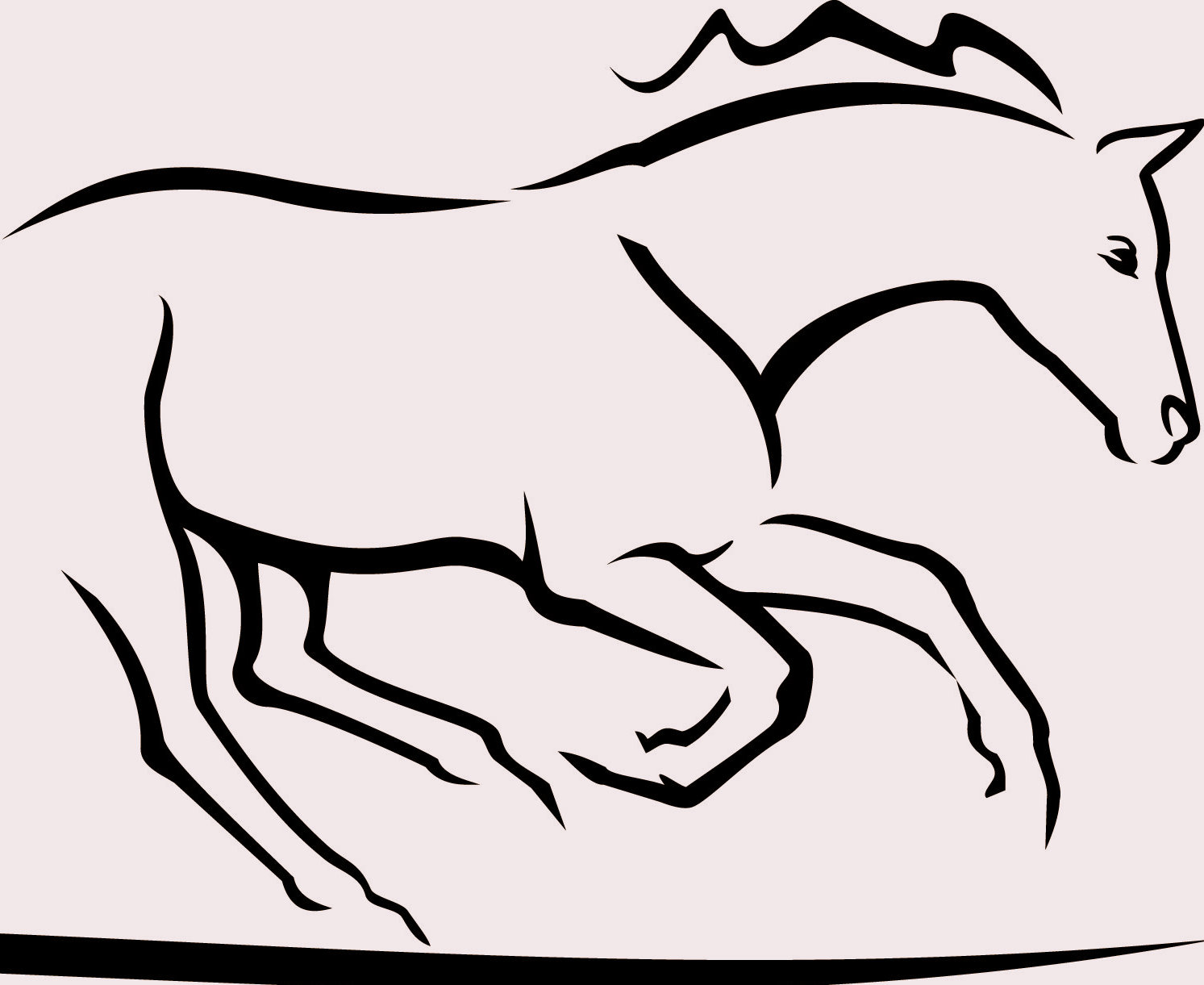
Since its inception in the 1930s, the inaugural patent in 1974, and the successful construction of the world’s first whole-body scanner by 1977, magnetic resonance imaging (MRI) has become an indomitable tool in both human and equine medicine. Today, equine practitioners use MRI extensively to help diagnose even the most subtle lameness causes.
“One region of the horse’s body that is a common site for injury is the lower (distal) aspect of the suspensory ligament near the fetlock joint,” explained Alexander Daniel, MRCVS, from Colorado State University’s Veterinary Teaching Hospital, during the 2012 American Association of Equine Practitioners’ (AAEP) convention, held Dec. 1-5 in Anaheim, Calif.
The suspensory ligament originates near the top of the cannon bone at the back of the carpus (knee) and hock, travels down the back of the leg, and splits into two branches—the medial and lateral branches—before each branch inserts onto a sesamoid bone.
“It is known that injury to the suspensory ligament near the fetlock can occur either in isolation or combination with injury to the one or both sesamoid bones,” Daniel said.
What wasn’t known was whether the suspensory ligament’s size or position changed following injury to the sesamoid bone(s). To explore this issue, Daniel and colleagues from the Alamo Pintado Equine Medical Center, in Los Olivos, Calif., reviewed the MRI scans of 26 horses diagnosed with injury to one branch of the suspensory ligament near the fetlock joint (either forelimb or hind limb) after veterinarians had localized lameness to that region.
“We found that the dimensions of the suspensory ligament injury measured on MRI were different between horses that did or did not have concurrent sesamoid bone issues,” relayed Daniel.
This means that the cross area of the suspensory ligament was significantly larger in horses that had injury/damage to the sesamoid bone compared to the area of the ligament in horses without sesamoid bone injuries.
Although the authors were unable to relay specific dimensions (those data will be available upon publication of the full-length article), the researchers suggested that MRI was an invaluable diagnostic tool for identifying suspensory ligament lesions in the fetlock as well as sesamoid bone damage.
Some veterinarians will not pursue MRI for horses with suspensory and/or sesamoid bone injuries, whether it’s about cost or, simply, access to a unit. In such cases, Daniel advised veterinarians to complete a detailed evaluation using radiographs and ultrasound.


Other Articles
CT Scans Can Help Diagnose Stifle Lameness
Diagnosing And Treating Equine Neck And Back Pain
Fossil Evidence Of Laminitis In Ancient Horses
Hoof Anatomy: Outer Structures
Hoof Angles' Impact On Lameness Examined
Hoof Cracks: Types And
Treatment
Hot Topics In Horse
Care: Horse Hoof Biomechanics
Joint Injections
MRI Diagnostics: Uses And Limitations
Physical Exam Of The Horse Hoof
Prepurchase Exams: A Health Care Must

Dr. Krystyna Stoffel, D.V.M.
651.226.6862
Nick Stoffel,
Farrier
651.270.1044
13014 265th Street, Welch, MN
55089
Contact Stoffel Equine Veterinary Services
Request An
Appointment
with Stoffel Equine

Stoffel Equine is an ambulatory, equine exclusive veterinary practice focusing on lameness and performance issues.
We are dedicated to preventing, diagnosing and treating injuries and ailments of equine athletes. We provide customized services and care unique to your needs.
Stoffel Equine, brings the veterinary clinic to your front door, equipped with the latest equipment and technology. We diagnose and treat lameness problems on your farm with the portable, stall side, digital x-ray and ultrasound. This equipment provides immediate diagnosis of any abnormalities.
Our portable shockwave machine, also provides immediate treatment for soft tissue and some joint disease.
Our goal is to enhance your horse's quality of life.
Please contact us for more information, or to schedule
an appointment.
© Copyright 2011
Stoffel Veterinary Services